| In vitro: |
| Hum Exp Toxicol. 2010 Apr;29(4):303-9. | | Pyrrolizidine alkaloid clivorine induced oxidative injury on primary cultured rat hepatocytes.[Pubmed: 20144959] | Clivorine is an otonecine-type hepatotoxic pyrrolizidine alkaloid (HPAs), to which humans are exposed when consuming herbs containing such components. In the present study, we investigated Clivorine-induced oxidative stress injury on primary cultured rat hepatocytes.
METHODS AND RESULTS:
Rat hepatocytes were treated with various concentrations of Clivorine (1-100 microM) for 48 hours, and then cell viability was detected by 3-(4,5-dimethyl-thiazol-2-yl) 2,5-diphenyltetrazolium bromide (MTT) assay, while lipid peroxidation (LPO) level, glutathione peroxidase (GPx), glutathione-S-transferase (GST), glutathione reductase (GR), catalase (CAT) and superoxide dismutase (SOD) activities were determined to evaluate the oxidative injury. The results of MTT assay showed that Clivorine decreased cell viability in a concentration-dependent manner. Clivorine also increased LPO amounts in rat hepatocytes at the concentrations of 50 microM and 100 microM. Further results showed that Clivorine decreased GPx, GST and GR activities, which are all reduced glutathione (GSH)-related antioxidant enzymes. CAT and SOD are both important antioxidant enzymes, and the results showed that Clivorine increased CAT activity at the low concentration of 5 muM and decreased cellular SOD activity at all concentrations.
CONCLUSIONS:
Taken together, our results demonstrated that Clivorine induced toxicity on primary cultured rat hepatocytes by causing the damage on cellular redox balance. | | Exp Toxicol Pathol. 2008 Jun;60(1):87-93. | | The toxic effect of pyrrolizidine alkaloid clivorine on the human embryonic kidney 293 cells and its primary mechanism.[Pubmed: 18249102] | Clivorine is an otonecine-type pyrrolizidine alkaloid (PA) isolated from the Chinese medicinal plant Ligularia hodgsonii Hook., and our previous reports have shown its toxicity on human normal liver L-02 cells. It is generally believed that biotransformation of PAs to its metabolites is required for their toxicity; thus, there is nearly no report about the toxicity of Clivorine on other non-hepatic cells in vitro.
METHODS AND RESULTS:
The aim of this study is to observe the toxicity of Clivorine on the non-hepatic human embryonic kidney 293 (HEK293) cell that is of epithelial origin, and its primary mechanism. Our results showed that Clivorine significantly reduced HEK293 cell viability, but there was no detectable apoptotic DNA ladder and cleaved fragments of caspase-3 and caspase-9 in Clivorine-treated cells, which indicates the toxicity of Clivorine is not due to inducing apoptosis. The results of western blot showed that Clivorine induced sustained p38, c-Jun N-terminal kinase (JNK) and extracellular signal-related kinases (ERK1/2) phosphorylation in a concentration- and time-dependent manner, and the JNK inhibitor SP600125 significantly augmented the toxicity of Clivorine.
CONCLUSIONS:
Our results suggest that Clivorine itself has direct toxicity on HEK293 cells, and phosphorylated JNK may play some role in counteracting the toxicity of Clivorine on HEK293 cells. |
|




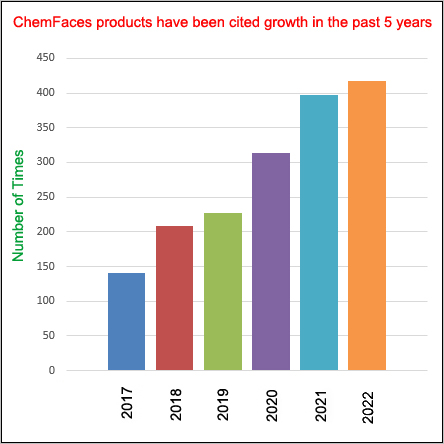
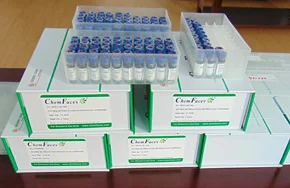
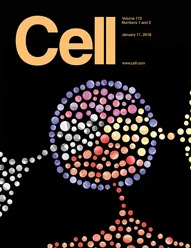 Cell. 2018 Jan 11;172(1-2):249-261.e12. doi: 10.1016/j.cell.2017.12.019.IF=36.216(2019)
Cell. 2018 Jan 11;172(1-2):249-261.e12. doi: 10.1016/j.cell.2017.12.019.IF=36.216(2019)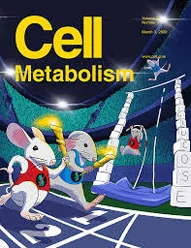 Cell Metab. 2020 Mar 3;31(3):534-548.e5. doi: 10.1016/j.cmet.2020.01.002.IF=22.415(2019)
Cell Metab. 2020 Mar 3;31(3):534-548.e5. doi: 10.1016/j.cmet.2020.01.002.IF=22.415(2019)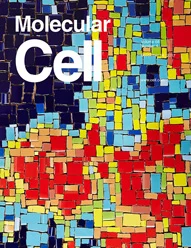 Mol Cell. 2017 Nov 16;68(4):673-685.e6. doi: 10.1016/j.molcel.2017.10.022.IF=14.548(2019)
Mol Cell. 2017 Nov 16;68(4):673-685.e6. doi: 10.1016/j.molcel.2017.10.022.IF=14.548(2019)